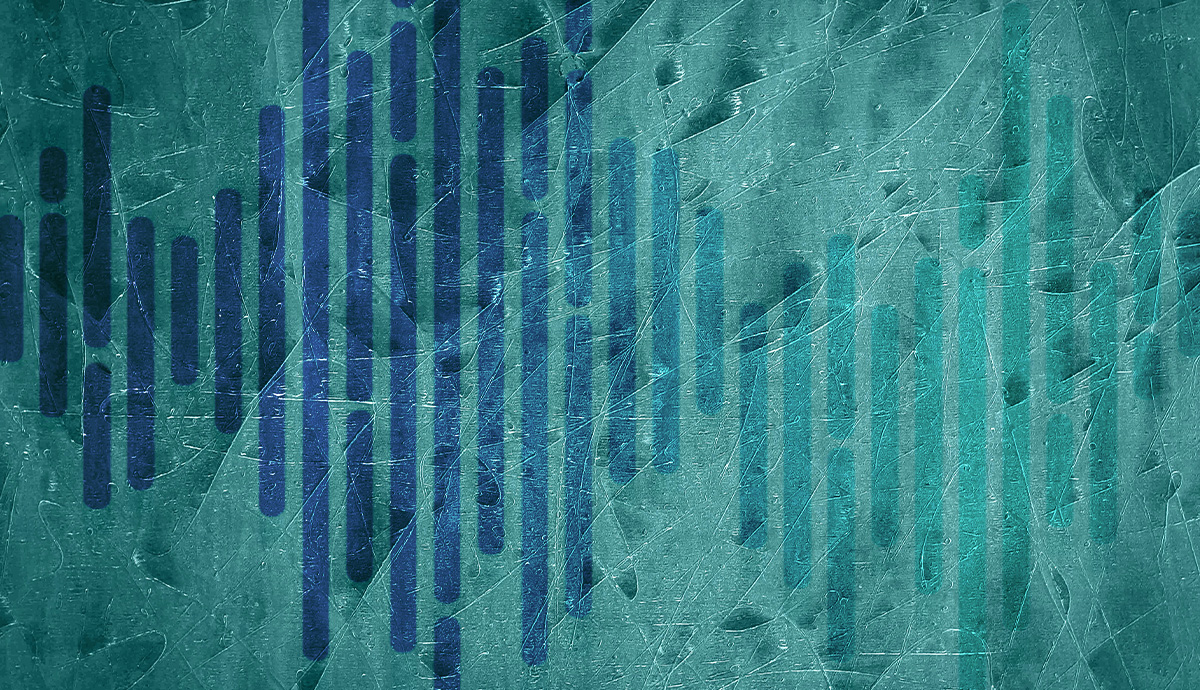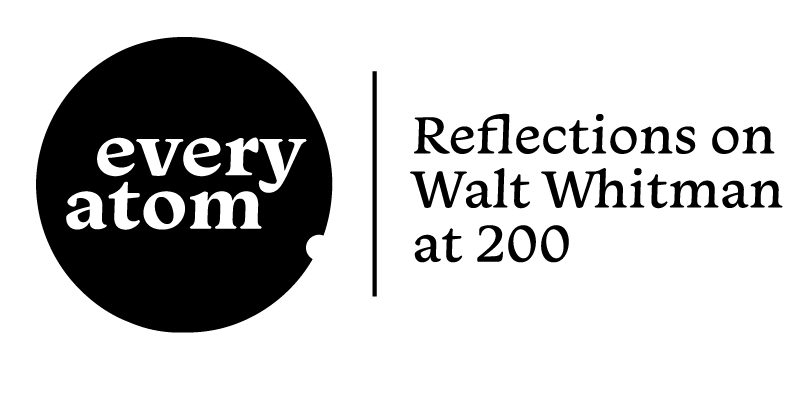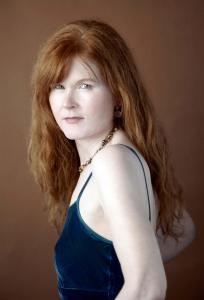Every Atom | No. 145
Introduction to Every Atom by project curator Brian Clements
Is there a more musical poem than Walt Whitman’s “Song of Myself”? It is, after all a Song, and not a “Poem of Myself.” It is impossible to read it out loud without creating music, without reveling in its natural rhythms and melodies.
It’s well known that Whitman loved music and filled his poems with singers and instruments and musical experiences. In “Song of Myself,” music serves many functions, on the battlefield and the church as well as in the concert hall and opera house (earlier in the poem, after a battle, Whitman uses cornets and drums to perform “marches not… for accepted victors only—I play great marches for conquer’d and slain persons”). Professional and amateur musicians jostle and collide among the stanzas and are equally celebrated. While we meet “the train’d soprano” who “convulses me like the climax of my love-grip” and the orchestra which “whirls me wider than Uranus flies,” “Song of Myself” is populated by marching bands, church choruses, folk singers, and army buglers—the American vernacular music that similarly inspired Charles Ives, who was eighteen when Whitman died in 1892.
Ives was one of a number of 20th century composers who set Whitman’s poetry to music. Others are Ralph Vaughan Williams, Paul Hindemith, George Walker, and more recently, John Adams (The Wound-Dresser). But the 20th century composer most aligned to Whitman’s musical philosophy is Pauline Oliveros. Her advocacy of “Deep Listening” was a lifelong discipline, but the simplest description of it she gave was “listening in every possible way to everything possible to hear no matter what you are doing.” It could also be described in Whitman’s words: “I think I will do nothing for a long time but listen.” To Oliveros, music was not limited to notation or even to traditional instruments and voices. If you are attuned to it, music can be “bravuras of birds, bustle of growing wheat, gossip of flames, clack of sticks cooking my meals.” She believed, in the words of Whitman, that music is “hearing all sounds as they are tuned to their uses.”
Oliveros’ “Deep Listening” and John Cage’s 4’33” were radical in their day. But here is Whitman, in 1855, reminding us that music is everywhere, if you will “do nothing for a long time but listen.”
Recommended
Nor’easter
Post-Op Appointment With My Father
Cedar Valley Youth Poet Laureate | Fall 2024 Workshop







